JACKSONVILLE, Fla. — I heard a bunch of screaming in the backyard Saturday morning and the dog was barking her head off. What's going on? SNAKE!
"Take a picture," I said. Everyone in this house is always holding a phone.
My niece snapped a pic, texted it to me and I had it identified in 30 seconds.
How? My go to Facebook group: Snake Identification: Discussion and Resources
My post: "This guy is in my backyard right now. Family is freaking out. What is it?
Less than a minute later, a response: "Garter Snake. Harmless Thamnophis sp"
We left it a lone and it stayed in the yard for much of the day with us.

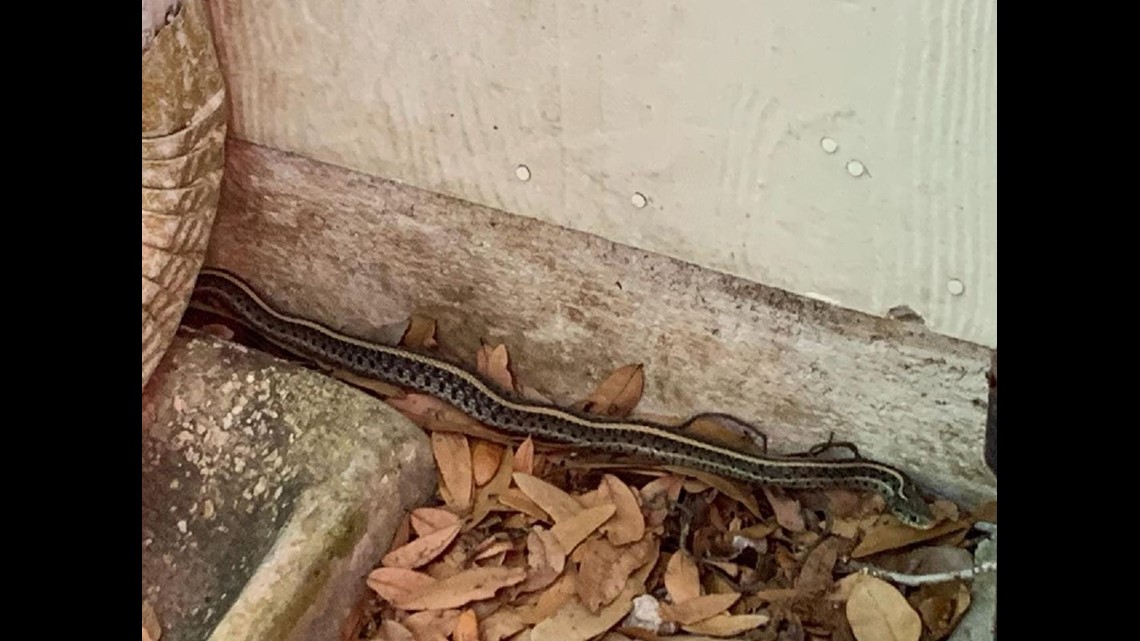
As soon as a photo is uploaded to this group, these compassionate snake lovers are sharing knowledge with you. If you're one of those 'the-only-good-snake-is-a-dead-snake" people, don't bother joining. You'll get bounced out quick.
Snakes play a vital role in our ecosystem. Many eat rodents, some of which may spread disease or destroy crops. A lot of non-venomous snakes also eat venomous ones, which is good news for us and for the balance of our ecosystem.
Here's some more good news – only six of Florida's 44 snake species are venomous. That means while they may be creepy, most snakes you come across are harmless.
Venomous snakes
Experts say snake mating season runs throughout the Spring, with some breeds hitting their peak in April.
You may have heard the rhyme “Red touch yellow, kill a fellow. Red touch, black, friend of Jack." FloridaHikes.com says this can be helpful in distinguishing between coral snakes (venomous) and scarlet kingsnakes (non-venomous), but it's not foolproof.
So here's which snakes to look out for.
Dusky Pigmy Rattlesnake

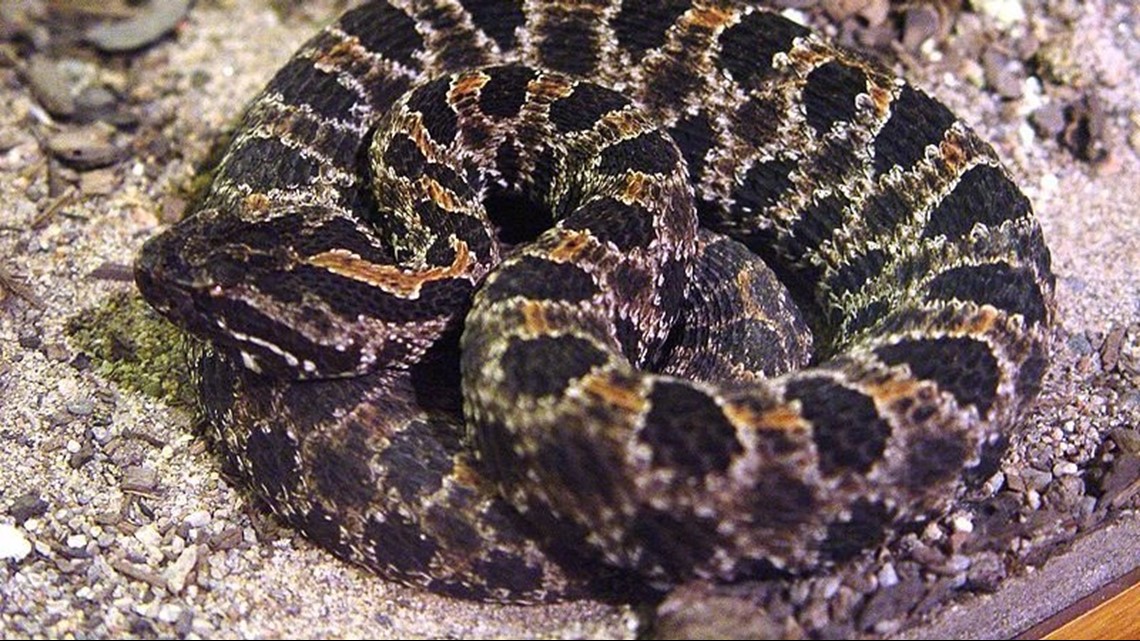
- Small, but fierce
- Typically found in damp, lowland areas
- Small rattle often compared to the sound of a buzzing insect
- Gray, with rounded, dusky spots
Cottonmouth

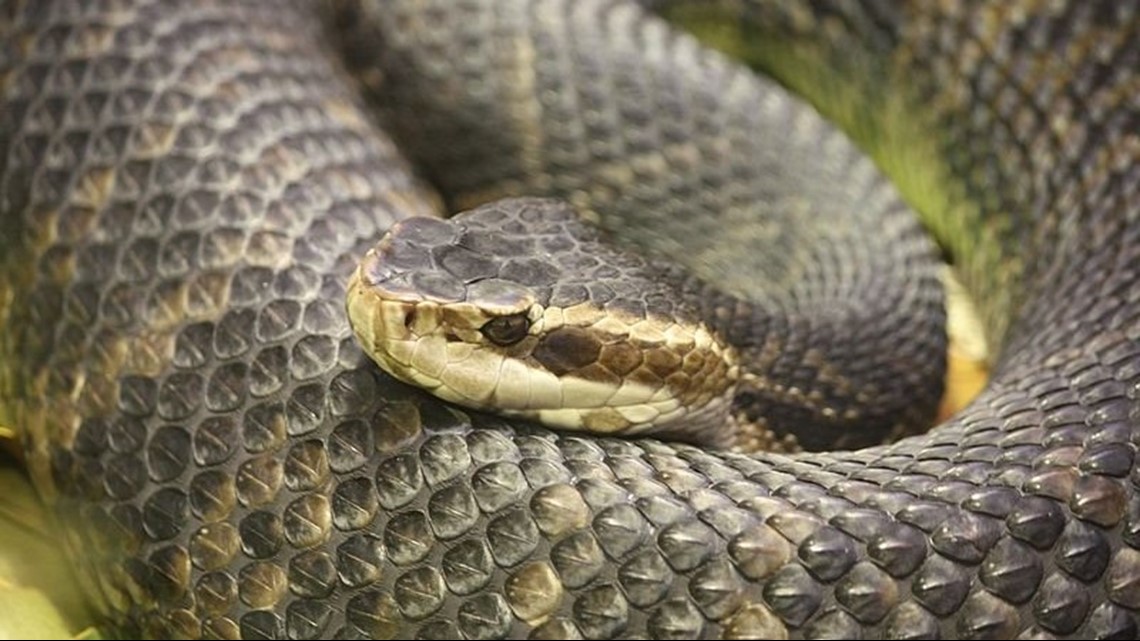
- Largest of the venomous snakes, typically between five and six feet
- Coil up before striking
- Distinctive rattle
- Yellow-bordered, diamond-shaped pattern
- Often found near sandy areas like swamps and pine woods
Coral snake

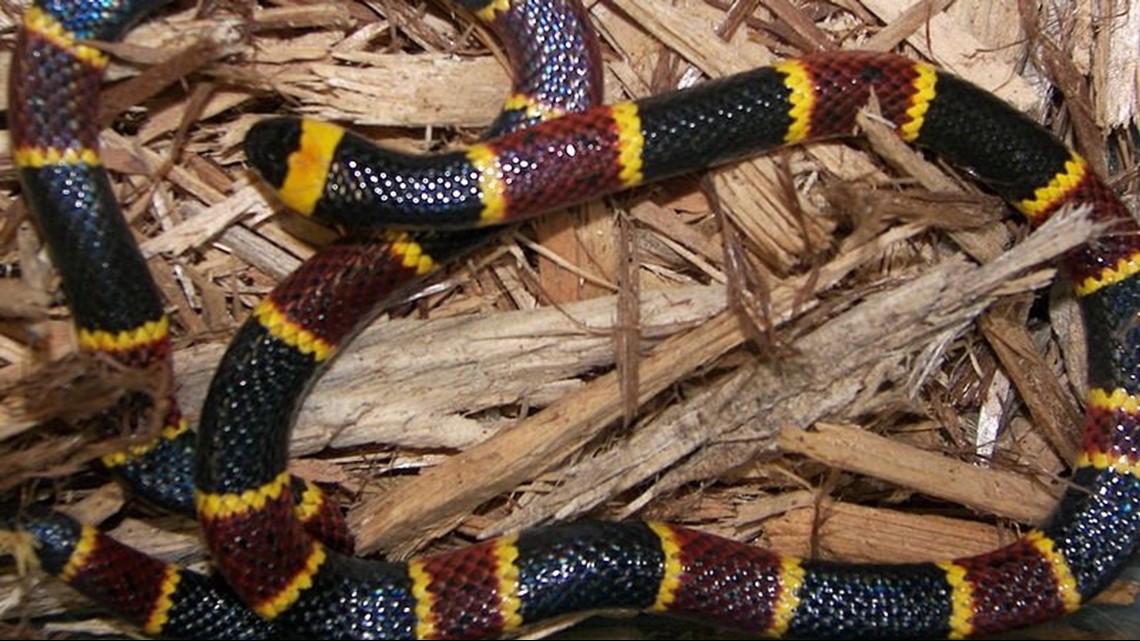
- Red and yellow touching bands(remember the rhyme)
- Thin, like a pencil
- Inject potent venom by "chewing"
- Typically found in upland areas, like brush and pine woods
Copperhead

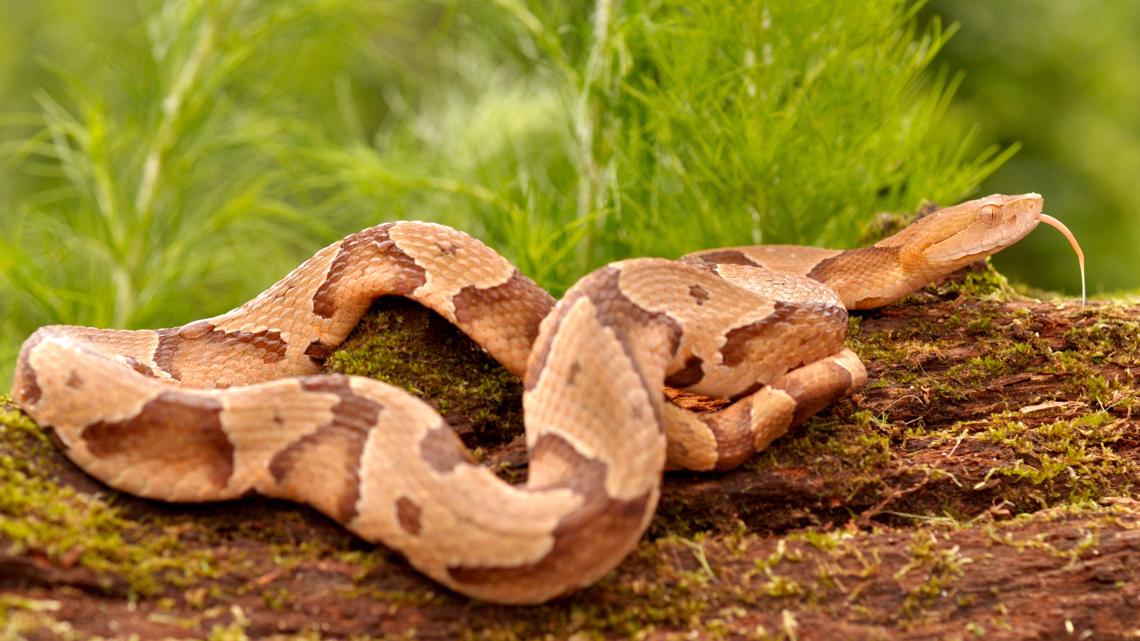
- Reddish tint, district striped pattern
- Typically two to three feet long
- Flattened, pointed head
- More commonly found in the Northwest portion of the state
Timber Rattlesnake

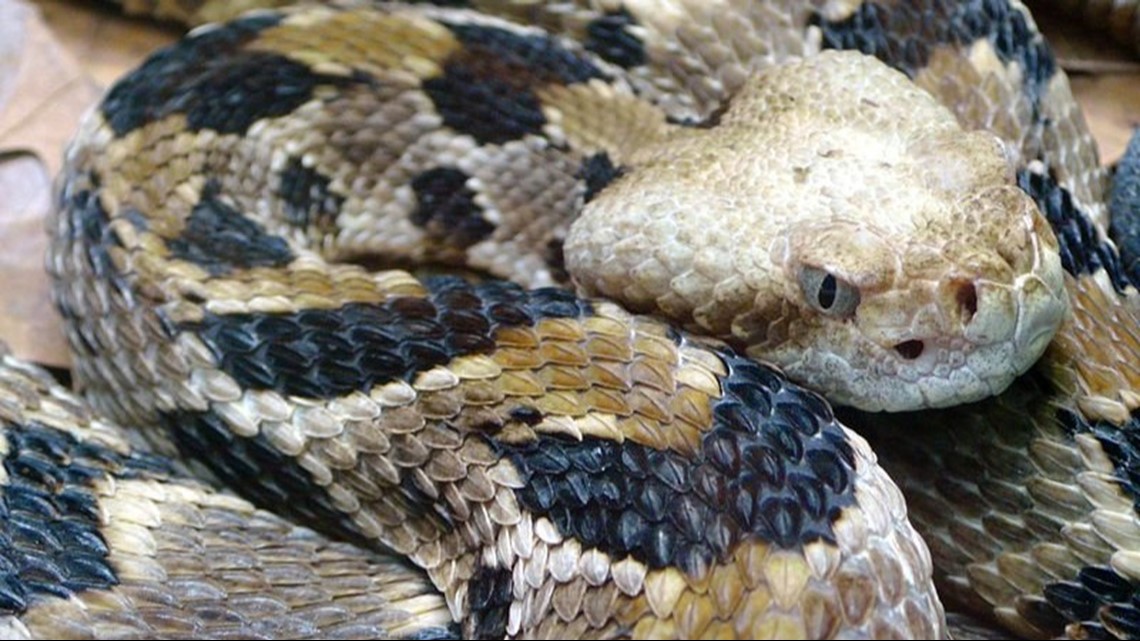
- Also known as canebrake rattlesnake
- Reddish, brown stripe runs down its back, with black chevrons pointing toward tail
- Typically three to five feet
- Not very common in Florida, but found in northeast areas of the state
What to do if you see a snake
The Florida Fish and Wildlife Conservation Commission says to stay calm. We know – easier said than done. But snakes don't intentionally put themselves in a position to scare you and would much rather avoid encounters.
Snakes typically won't bite unless they are provoked, so give them a chance to slither away.
Removing brush, lumber or other debris will help you avoid snakes and rodents. Rodents also feed on things like spilled birdseed and pet food scraps, so if you don't want snakes, get rid of that too.
You can learn more or report a sighting to the Florida Fish and Wildlife Conservation Commission. It also has this tool to help you identify any type of snake in Florida.
If you're bitten by a snake, you can call or send a picture to the Florida Poison Control Center.

